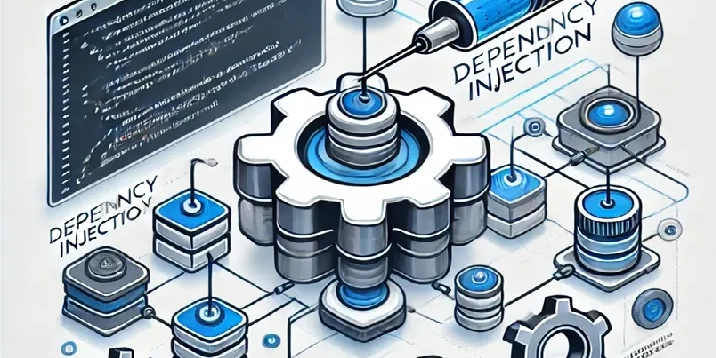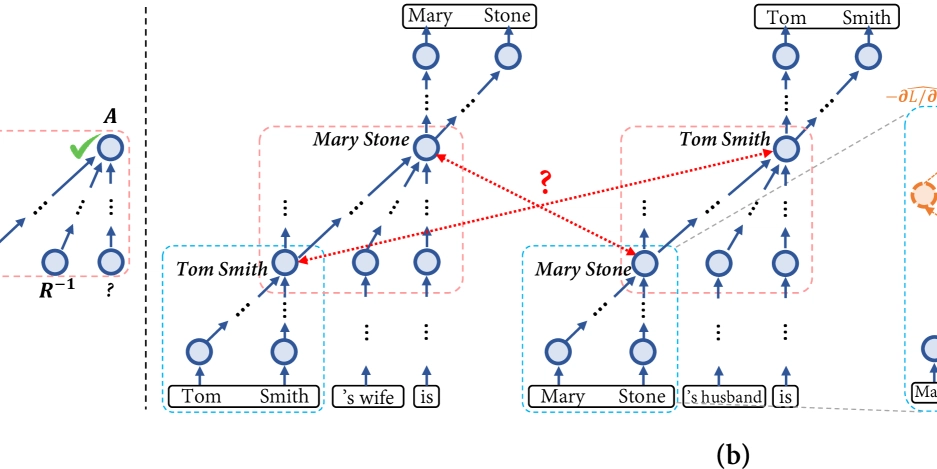5 Common Dependency Injection Mistakes in .NET and How to Fix Them with example
Dependency Injection (DI) is a design approach that helps us keep our code clean, flexible, and easy to managable. Instead of a class directly creating the objects it depends on those dependencies are provided (or “injected”) from the outside. This makes our code loosely coupled and much easier to test and maintain. In .NET Core, DI is built-in and managed through the IServiceProvider interface. This system allows us to register various services in a DI container and inject them wherever they are needed, reducing the need for manual object creation. However, if not implemented correctly it can be performance issues, bug and memory leak. In this artical we will discuss 5 common DI mistakes and how to avoid them Incorrect Service Lifetime Configuration Circular Dependency in Constructor Injection Too Many Dependencies in Constructor Manually Creating Instances Instead of Using DI Not Disposing IDisposable Services Properly Read More form Medium

Dependency Injection (DI) is a design approach that helps us keep our code clean, flexible, and easy to managable. Instead of a class directly creating the objects it depends on those dependencies are provided (or “injected”) from the outside. This makes our code loosely coupled and much easier to test and maintain.
In .NET Core, DI is built-in and managed through the IServiceProvider interface. This system allows us to register various services in a DI container and inject them wherever they are needed, reducing the need for manual object creation.
However, if not implemented correctly it can be performance issues, bug and memory leak.
In this artical we will discuss 5 common DI mistakes and how to avoid them
- Incorrect Service Lifetime Configuration
- Circular Dependency in Constructor Injection
- Too Many Dependencies in Constructor
- Manually Creating Instances Instead of Using DI
- Not Disposing IDisposable Services Properly
Read More form Medium










































































































































































![[The AI Show Episode 142]: ChatGPT’s New Image Generator, Studio Ghibli Craze and Backlash, Gemini 2.5, OpenAI Academy, 4o Updates, Vibe Marketing & xAI Acquires X](https://www.marketingaiinstitute.com/hubfs/ep%20142%20cover.png)














































































































































































































































.jpg?#)















































































































































![YouTube Announces New Creation Tools for Shorts [Video]](https://www.iclarified.com/images/news/96923/96923/96923-640.jpg)

![Apple Faces New Tariffs but Has Options to Soften the Blow [Kuo]](https://www.iclarified.com/images/news/96921/96921/96921-640.jpg)
































































































































